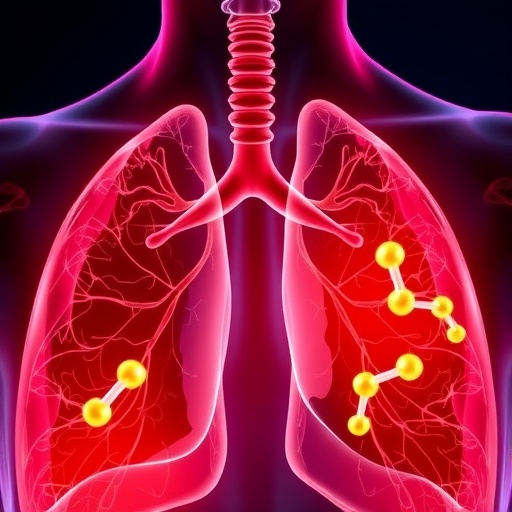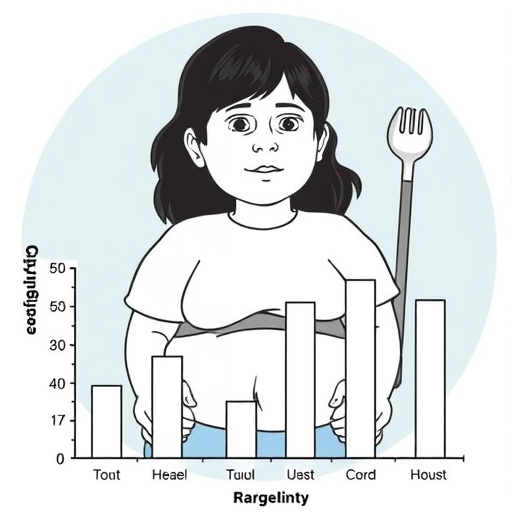Bottom Line: The use of acid-suppressing medications or antibiotics in the first 6 months of infancy was associated with an increased risk for the subsequent development of allergic diseases in childhood.
Why The Research Is Interesting: Allergic diseases and asthma have been on the rise over several decades. Medications that can alter the human microbiome may contribute to the rise of allergic diseases. Acid-suppressing medicines and antibiotics can contribute to a microbial imbalance in the gut (intestinal dysbiosis).
Who and When: 792,130 children born between October 2001 and September 2013 and enrolled in the military health system until at least age 1
What (Study Measures): Any dispensed prescription for a histamine-2 receptor antagonist (H2RA), proton pump inhibitor (PPI) or antibiotic (exposures) in the first six months of life; allergic disease defined as the presence of food allergy, anaphylaxis, asthma, atopic dermatitis (eczema), allergic rhinitis (hay fever). allergic conjunctivitis (eye inflammation), urticaria (rash), contact dermatitis (skin rash), medication allergy or other allergy (outcomes)
How (Study Design): This was an observational study. Researchers were not intervening for purposes of the study and they cannot control natural differences that could explain the study findings.
Authors: Edward Mitre, M.D., of the Uniformed Services University of the Health Sciences, Bethesda, Maryland, and coauthors
The use of acid-suppressing medicines was associated with increased risks for all major categories of allergic disease, especially food allergy. Antibiotics also were associated with increased risk of all major categories for allergic disease.
Study Limitations: It is possible that acid-suppressing medicines or antibiotics were given for allergic diseases that were misdiagnosed, although the authors doubt this can explain all their findings. The mechanisms by which acid-suppressing medicines and antibiotics might increase allergic sensitization also are not fully understood but potential ones could include intestinal dysbiosis and, for acid-suppressing medicines, decreased protein digestion in the stomach.
Related Material: An editor article review podcast with Aaron E. Carroll, M.D., M.S., JAMA Pediatrics digital media editor, also is available on the For The Media website. The audio transcript is available here.
For more details and to read the full study, please visit the For The Media website.
(doi:10.1001/jamapediatrics.2018.0315)
Editor's Note: Please see the article for additional information, including other authors, author contributions and affiliations, financial disclosures, funding and support, etc. Want to embed a link to this study in your story? Links will be live at the embargo time http://jamanetwork.com/journals/jamapediatrics/fullarticle/10.1001/jamapediatrics.2018.0315
###
Media Contact
Sharon Holland
[email protected]
@JAMAPeds




